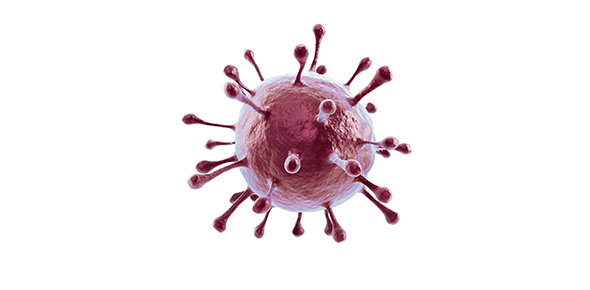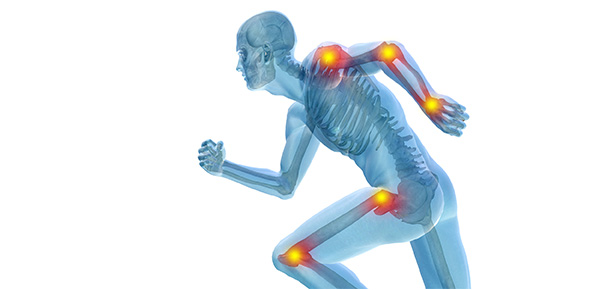Related Flashcards
Related Topics
Cards In This Set
| Front | Back |
|
Functions of Epithelia
|
Protect underlying tissues, provide selective barrier between lumen/free space and underlying tissues, synthesize substances for secretion, transport substances via endo and exocytosis
|
|
Epithelia
|
Cover all external and internal surfaces of body
composed of continuous sheets of cells have specialized juntions- no extracellular matrix between cells polarized avascular- no blood vessels in epithelial cells, nourished by diffusion of nutrients and gases through subjacent connective tissue |
|
Classification of Epithelia
|
Structure reflects function: exposed to a lot of stress--> mulitple layers of epithelial cells (stratification); single layer to facilitate exchange of nutrients, metabolic wastes, gases (capillaries)
cell shape- most apical layer plasmalemmal modifications- absorption= abundant microvilli (increase SA); movement=abundant cilia goblet cells: unicellular exocrine glands- secrete mucus onto free surface, seldom found in stratified epi (digestive) |
|
Simple Epithelium
|
Endothelium: simple squamous that lines heart and blood and lymphatic vessels
mesothelium: simple squamous lines the pleural and peritoneal cavities |
|
Stratified Epithelia
|
Stratified squamous keratinized: apical layer of cells lacks nuclei- specialized to form protective barrier, locations that are subject to a lot of mechanical stress or abrasion, usually dry
nonkeratinized (mucosal)- apical layer of cells is alive, contains nuclei |
|
Pseudostratified epithelia
|
Appears to be two layers, but all of cells contact basement membrane
respiratory epithelium: pseudostratified columnar epithelium with cilia and goblet cells |
|
Metaplasia
|
When stresses on epithelium are high- can be replaced by different type of epithelium
not formed by transdifferentiation of existing epithelium arise from resident stem cells that underg distinct differentiation program reversible if the irritating cause is removed |
|
Basement Membrane
|
Maintains separate identities and functions between epithelium and connective tissue
|
|
Functions of Basement Membrane
|
Separate and bind the epithelium and connective tissues to each other
form selective barrier establish polarity of epithelium (defining basal surface) guide repair (when epithelium is damaged the basement membrane must remain intact or be re-established before repair can occur) |
|
Layers of Basement membrane
|
Lamina rara- secreted by epithelium, clear layer, lies directly adjacent to basal surface of epithelium, ctonains glycoprotein laminin which binds to basal plasmalemma to secure epithelium to rara
lamina densa- secreted by epithelium, darkly stained layer that lies immediately beneath the rara, contains type IV collagen- linked to laminin together they form the basal lamina lamina reticularis- secreted by cells in adjacent connective tissue, secreted by fibroblasts, contains type III collagen- anchroed to lamina densa and to matrix of CT by HSPG (heparat sulfate proteoglycan (also in densa)), grades into CT |
|
Basal lamina
|
Lungs and kidney- efficient exchange is essential, two different epithelia can abut each other- secretes their own rara but cooperate to secrete single densa- necessary separation while forming minimum possible barrier
|
|
Metastasis
|
Spread of cancer cells from primary tumor to distant organs, initial event is dissolution of basement membrane barrier
|
|
Repair of Epithelia
|
Epithelial cells lose polarity--> collapse
cells become polarized along horizontal instead of vertical divide in response to growth factor signals cells migrate from sides across wound when cells from opposite sides of would meet, make new basement membrane- reestablish their normal polarity and restore the epithelium |
|
Lateral indigitations
|
Plasmalemma of adjacent cells do not form a straight line from the base to the apex
lateral extensions on adjacent cells increase surface area for ion transport into intercellular space characteristic of cells that transport fluid from lumen to subjacent CT |
|
Intercellular junctions
|
Cell junctions- composed of integral membrane proteins:
occluding junctions: seal cells together, form barrier, prevent passage of molecules via paracellular pathway anchoring/adhering junction: hold epithelia together communicating/gap junctions- allow cell communication via chemcial/electrical signals |








